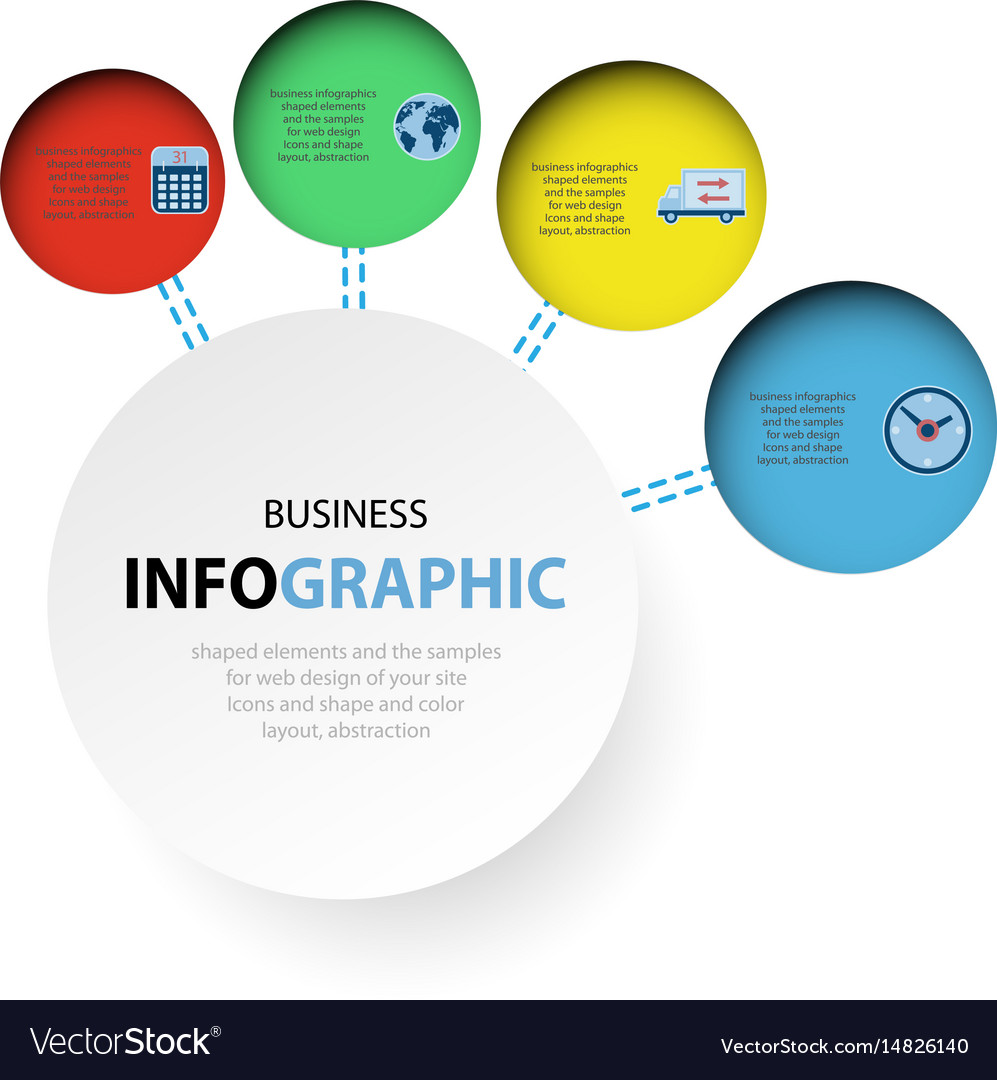Fascinated In Finding Out Just How Site Style Has Changed Throughout The Years? Explore The Trip
Fascinated In Finding Out Just How Site Style Has Changed Throughout The Years? Explore The Trip
Blog Article
Content Create By-Rasmussen Hyldgaard
In the past, internet sites were straightforward and concentrated on info. Navigating was straight, and style was for desktop computers. Currently, user experience is crucial. Data overviews styles for very easy navigation. Responsive designs fit different gadgets. Today, dark mode lowers stress, and minimal food selections boost navigation. Interactive functions engage individuals, and bold visuals stick out. AI combination boosts interaction. See exactly how design has actually progressed to enhance your on-line journey.
Very Early Days of Web Design
In the very early days of website design, simpleness preponderated. Web sites were fundamental, with restricted shades, font styles, and formats. The emphasis got on supplying info instead of flashy visuals. Individuals accessed the net with slow dial-up links, so rate and performance were key.
Navigating food selections were straightforward, normally located at the top or side of the page. Websites were made for home computer, as mobile surfing had not been yet widespread. Web content was king, and designers focused on simple readability over complex layout aspects.
HTML was the primary coding language used, and developers had to work within its restraints. Computer animations and interactive functions were very little compared to today's criteria. https://video-marketing-jobs-sala98642.bloggerswise.com/32651605/boost-your-digital-footprint-with-internet-services-a-comprehensive-guide were fixed, with little vibrant web content or individualized individual experiences.
Surge of User-Focused Layout
With the advancement of website style, a change towards user-focused design principles has actually come to be progressively famous. web search engine optimization , producing websites that focus on user experience is important for involving visitors and accomplishing service objectives. User-focused design involves understanding the requirements, preferences, and actions of your target market to customize the website's layout, web content, and features accordingly.
Designers currently conduct comprehensive research study, such as customer surveys and functionality testing, to collect understandings and feedback directly from customers. This data-driven method assists in developing user-friendly navigation, clear calls-to-action, and aesthetically appealing user interfaces that resonate with visitors. By positioning the user at the facility of the design procedure, web sites can supply a more customized and pleasurable experience.
Responsive design has likewise become a vital facet of user-focused layout, guaranteeing that internet sites are maximized for various devices and display sizes. This versatility boosts access and use, dealing with the diverse methods users communicate with sites today. Fundamentally, the increase of user-focused style symbolizes a change in the direction of developing digital experiences that focus on the needs and expectations of the end individual.
Modern Trends in Website Design
Discover the most up to date fads shaping web design today. One prominent trend is dark setting style, using a smooth and modern-day look while minimizing eye stress in low-light environments. Another key pattern is minimal navigation, streamlining food selections and boosting individual experience by focusing on essential elements. Including micro-interactions, such as animated buttons or scrolling results, can develop a much more interesting and interactive website. Responsive layout stays critical, making sure seamless individual experiences throughout various devices. Additionally, making use of bold typography and asymmetrical designs can add aesthetic interest and draw attention to specific content.
Incorporating AI innovation, like chatbots for client support or customized referrals, boosts individual interaction and streamlines procedures. Accessibility has likewise end up being a significant trend, with designers focusing on inclusive design methods to accommodate diverse user requirements. Embracing sustainability by maximizing site performance for speed and performance is another arising pattern in website design. Collaborating with customer responses and data analytics to repeat and enhance style constantly is essential for remaining relevant in the ever-evolving digital landscape. By accepting these modern-day patterns, you can produce an aesthetically appealing, straightforward site that reverberates with your audience.
Conclusion
As you reflect on the development of internet site layout from the very early days to now, you can see just how user-focused style has come to be the driving pressure behind modern-day trends.
Welcome search engine optimization packages of change and adjustment in website design, constantly keeping the user experience at the center.
Keep present with the current patterns and innovations, and never ever quit evolving your technique to create aesthetically magnificent and straightforward websites.
Advance, adjust, and develop - the future of website design remains in your hands.
